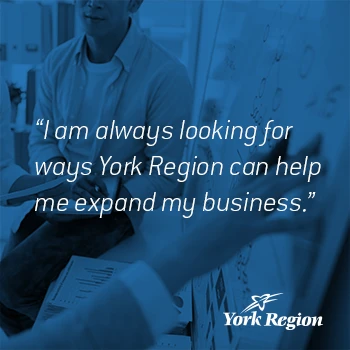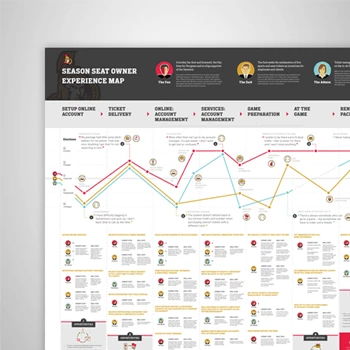User Experience Research
Optimize the digital user experience by crystallizing user needs and goals
A digital application is only as successful those who use it. Let’s understand your product’s user needs and goals through user experience research. We work closely with your team to provide specific user insights that are actionable during experience design and development.












